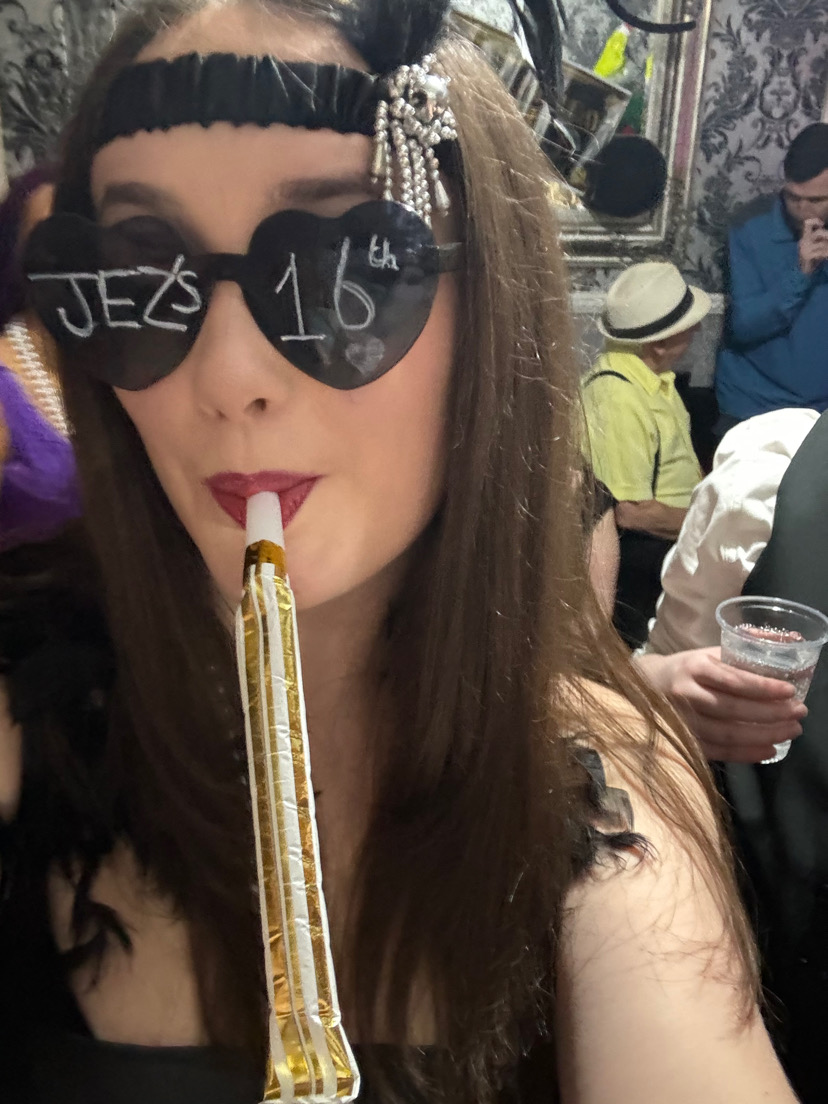physics paper 2
Subdecks (1)
Cards (152)
- Force is a
- What do vectors have
- What do scalar have
- A force can be a
- When two objects have to be touching for a force to act,
- If the objects do not need to be touching for the force to act,
- Name some contact forces
- Name some non-contact forces
- What is weight?
- What is the resultant force?
- When a force moves an object through a distance,
- If forces acting on an object combine to give a resultant force of zero:
- If a object is elastically deformed
- An object has been inelastically deformed
- What is the spring constant?
- On a spring constant graph, what does a curve show?
- The point where the extension is no longer proportional to the force is the
- Work done in stretching a spring can be found using this equation:
- Speed is
- Velocity is
- Acceleration is the
- Constant acceleration is sometimes called
- Velocity-time Graph
- What can reduce friction?
- What is drag?
- What does a fluid represent?
- What is the best way to reduce Drag,
- What does steamlined mean?
- Objects with large surface areas tend to have
- What is Newton's First Law?
- Acceleration is
- What is the formula for Newton's second law?
- What is inertia?
- A objects inertial mass
- To find the inertial mass you use
- Newton's Third Law says:
- If two people push on each other,
- Stopping distance =
- What is the Thinking Distance?
- What is the Breaking Distance?
